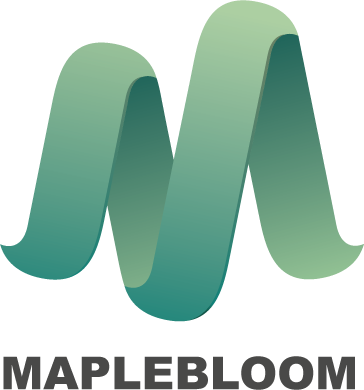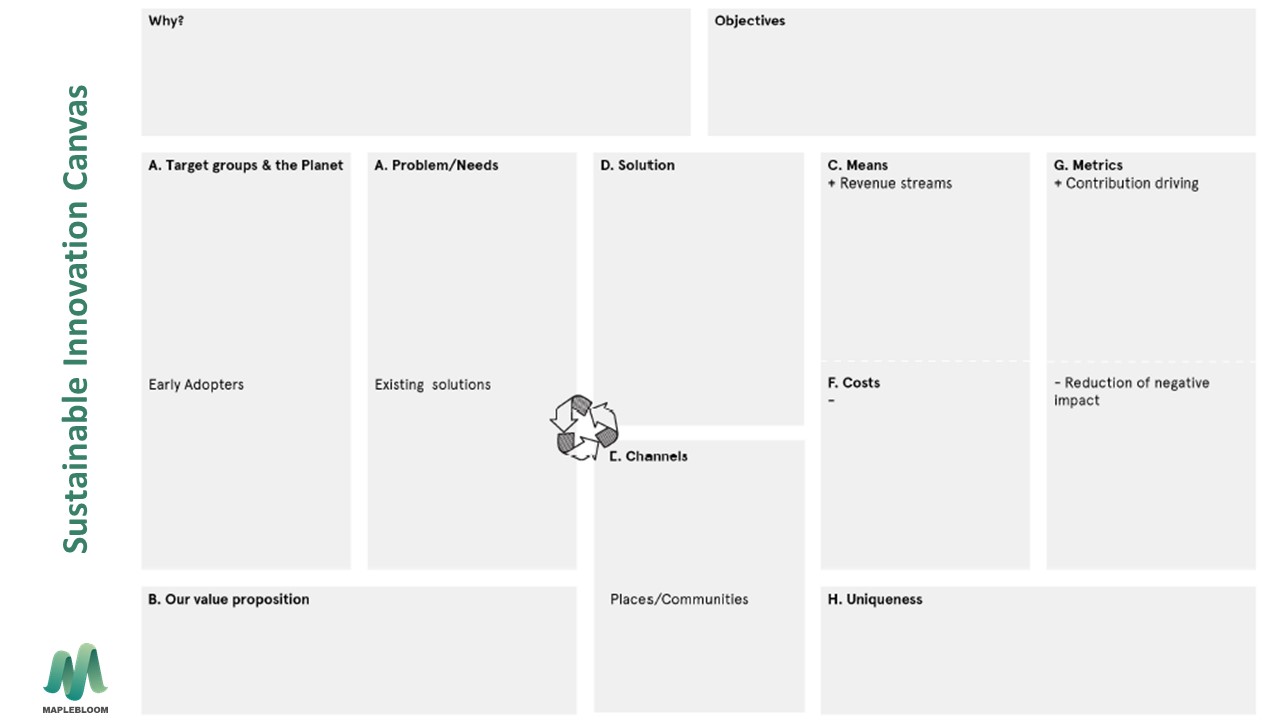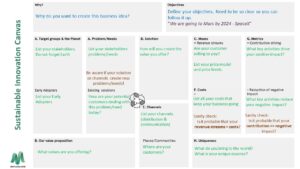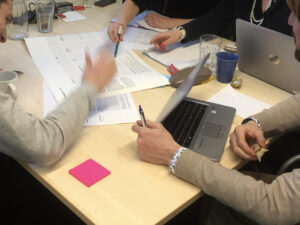Background
Back in the old days, I coached startups at probably Sweden´s very first Lean Startup program at Uppsala Innovation Center. Back then, sustainability and a holistic view was not something that was on an incubator´s agenda, it was not included in any program.
Although as known, startups are the perfect fit to act as agents for good, for doing things in such a way that may shake the old structures to the ground. Despite this, there were no easy tools that could be of help for startups in searching for a sustainable business model.
Startups at an early stage have usually three key challenges: difficulties to prioritize activities, lack of time and lack of resources. Also, just a couple of years ago sustainability was still considered as an add on to the “real” business. This never worked and will not work. To run truly sustainable business, sustainability must be at the very core of a business model.
The Sustainable Innovation Canvas was drafted during 2014, the final version (for now) came alive during 2016. It is based on Ash Maurya´s Lean Canvas. The Lean Canvas is in turn based on Business Model Canvas, created by Alexander Osterwalder. Both canvases are excellent depending on the purpose.
Ash Maurya argues that the Business Model Canvas is more company-centric while Lean Canvas is customer-centric. I would also like to add that Lean Canvas is more suitable for the continuous work that is necessary to find a valid business model, while Business Model Canvas may give you a very good overview of your current business status. You can read more about how Lean Canvas differs from the Business Model Canvas here: https://leanstack.com/business-model-canvas-alternative
Let me below guide you on how the Sustainable Innovation Canvas differs from Lean Canvas.
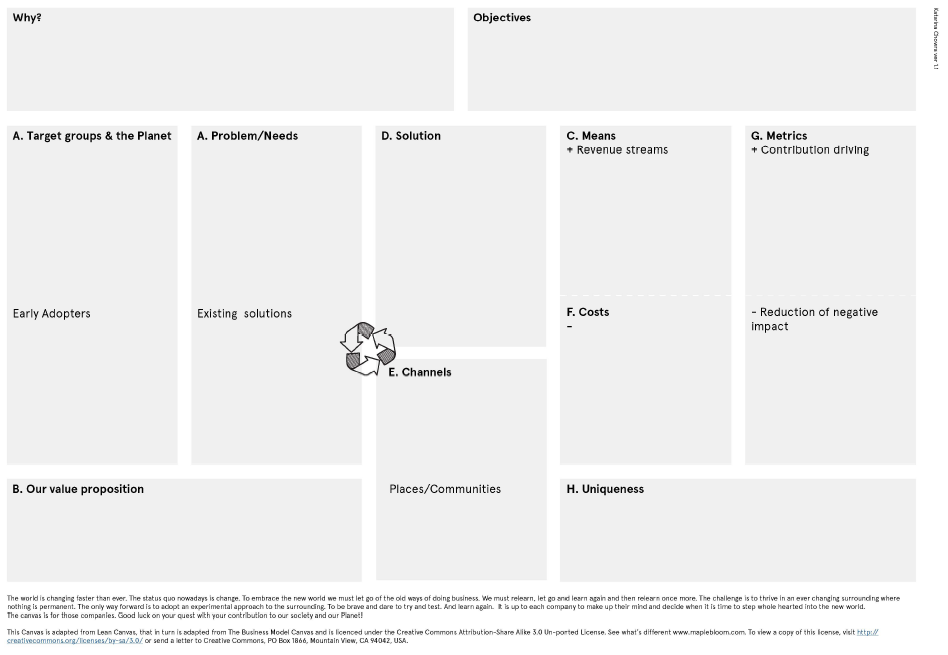
Here is what I added in:
The first obvious perspective is sustainability and a holistic approach. This is not included in Lean Canvas.
The holistic approach is addressed in the two extra boxes at the top. WHY? and Objectives. Let me stress that those boxes, are not directly part of a business model, although they do have a strong impact on the business model, whether it will succeed or not.
WHY? can also be defined as your intention behind the business idea. As you know, AI can be used for good or bad, the same is applicable for almost everything. Your intention is the foundation for what you want to manifest. If you, and your team, have different WHYs the chances are rather high that you will split up as a team sooner or later. This is something to consider, especially if you risk pivoting outside your WHY.
OBJECTIVES Note that this is not your vision.This should define your next milestone (what and when). This will help you in several ways, to make the right decisions that take you towards your objectives, to evaluate the process, to keep focus. Just to mention some positive outcomes.
The rest of the boxes are numbered A – H, they all together represent the total parts of your business model. Please keep in mind that the numbers are just guidelines where to start validating your business model, not where to start drafting your business idea. The right approach is to start focusing on and validate the part of your business model with the riskiest assumptions. It might be in the order of A-H, but it does not need to be, although it is likely to be.
The first step is just to draft your business model, and you can do that independent of the order, in whatever way that feels natural to you.
The approach does not differ from Lean Canvas. What differs though, is the order. Ash does not any longer promote any order. https://blog.leanstack.com/what-is-the-right-fill-order-for-a-lean-canvas-f8071d0c6c8c
I agree with Ash Maurya that “Good idea can come from anywhere”, but over the years of coaching multiple of startups and corps, I have not seen that the first entrance to finding a business idea is a canvas. Instead, most startups and teams already have a vague idea of what they want to explore before they start working on a canvas. They use a canvas to clarify their idea and turn the idea to a valid business model. Of course, during the work, they will find a lot of new ideas, but still, the starting point is not blank. Hence, based on my experience I see that the order of the boxes has been useful for several teams and startups.
The holistic approach is also addressed in the way sustainability is included. Here is how sustainability is considered.
- Box A Target group and the Planet. I have added the Planet as a reminder to consider all relevant stakeholders, not just your direct customers and users.
- Box A, D, and E have a recycling symbol. This symbol is a reminder – will your solution creates new problems? Will your channels create new problems? Is a circular model considered, like for instance a take back program?
- Box G. Bang. This is the heart of a business model. Lean Canvas has Key Metrics defined as Contribution Driving Metrics. What is added in this canvas is Negative Impact. This may seem like a small change, but it has a huge impact on the business model. It adds a holistic perspective. It adds a sustainable perspective. You must consider both how you are contributing to the world as well as how your business model is reducing the negative impact. As long as your business model does not have those two perspectives, it cannot be sustainable.
Additional way the holistic perspective is included: Box H is named as Uniqueness, instead of Unfair advantage. In a world, with an increasing pace, there will simply not be time to focus on a competitor. Unfair advantage implies that you have to consider what others do. This is of course not irrelevant, but the pendulum is going towards knowing who you are – what is your team essence? What unique gifts do you want to manifest in the world?
Do you have any questions? Please do not hesitate to get in touch with me.
